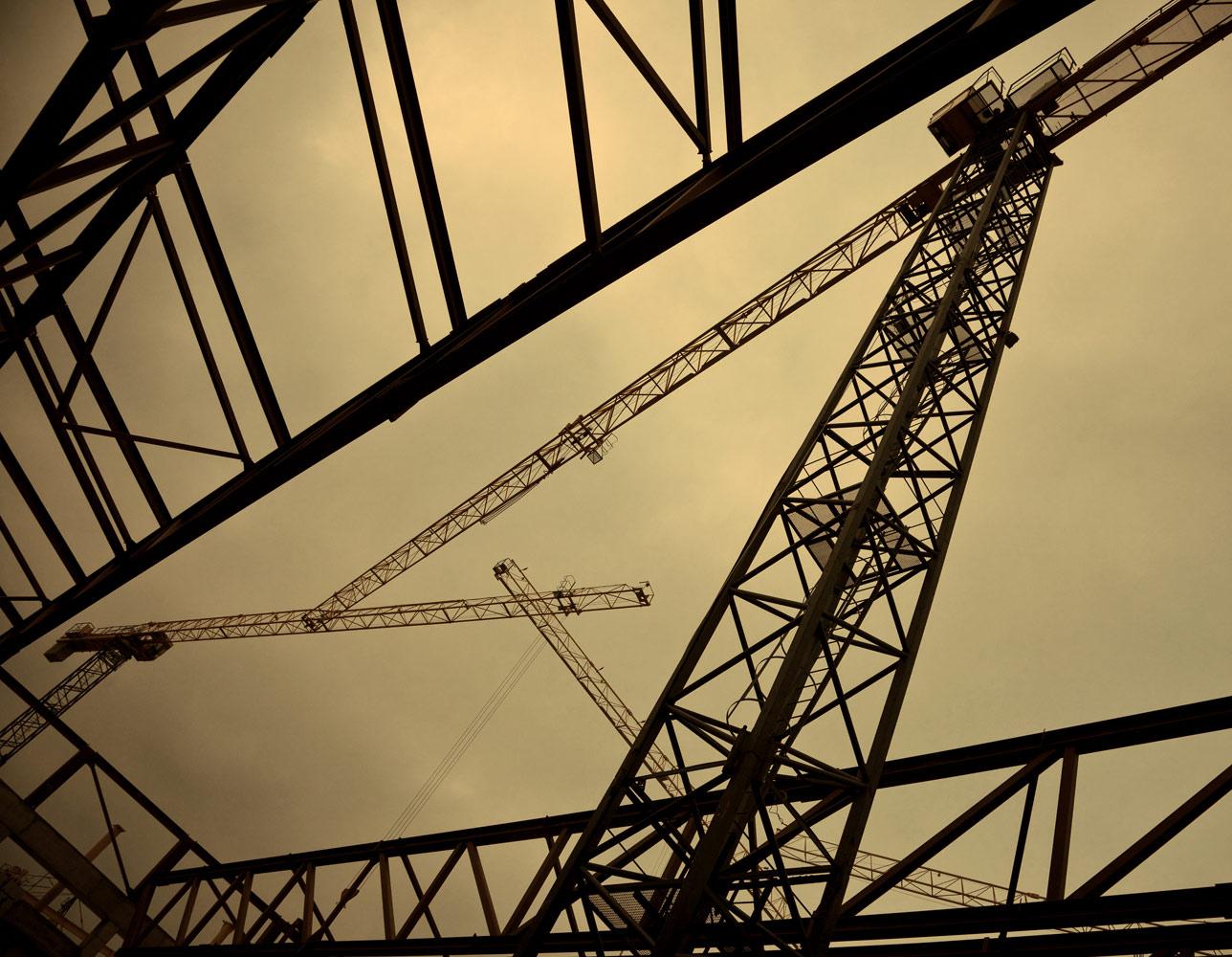
McPherson's STEM Lab
Project Lead the Way
Kindergarten
Kinder students are considering why different parts of our bodies have different structures and functions. They make observations as they interact with models and describe the structure of each part. Communication helps students connect with how each structure is related to the overall function of the organ.
Inflation
Stretchy Stomachs
Bones Bones Bones
1st Grade
Students are exploring five different environments: the Arctic, the African Savanna, the Sahara Desert, the Pacific Ocean, and the Amazon Rainforest. They are investigating two organisms that live in each of these environments and are explaining the variety of adaptations that each of these organisms have to help them survive in each environment.
Pacific Ocean
Amazon Rainforest
Arctic
2nd Grade
Students are investigating and classifying different kinds of materials by their observable properties, including color, texture, and heat conduction. We know that engineers and designers create new products or improve existing products and technology to meet human needs and wants.
Young Inventors
What Happened?
Monster Trucks
3rd Grade
3rd grade students are learning about the forces involved in flight as well as Newton's Laws of Motion. In this activity they had the opportunity to add forces to a teeter-totter system to explore the causes of motion and stability. Then students had hands-on practice while learning about four important forces of flight.
Forces of Flight
Hand-launched Propellers
Teeter-Totter Systems
4th Grade
At the end of every module, students apply the skills and knowledge they have learned to help solve a real world problem. 4th graders were tasked to use their knowledge of the brain to design, plan, and create videos to raise awareness about concussions, and educate their peers on the importance of early identification or how concussions can be prevented.
Basketball Safety
Skateboarding Rules
Storyboard
5th Grade
This module has students discovering how modeling and simulation provide powerful insight into complex systems. Students will build their own simple computer models, and learn that computers are essential tools because they can calculate and display information about a system.
Simulation
Virtual Ecosystem
Pair Programming
6th Grade
6th grade students learn to use the design process to solve problems and understand the influence of creativity and innovation in their lives. They work in teams and use tools such as mathematics software, computer-aided design programs, and engineering notebooks to design, model, and build objects.
Newspaper Christmas Tree
Ankle Foot Orthosis
Teamwork!
McPherson Magnet School
Email: tandrade@orangeusd.org
Location: 333 S Prospect St, Orange, CA, United States
Phone: 714-997-6384





















